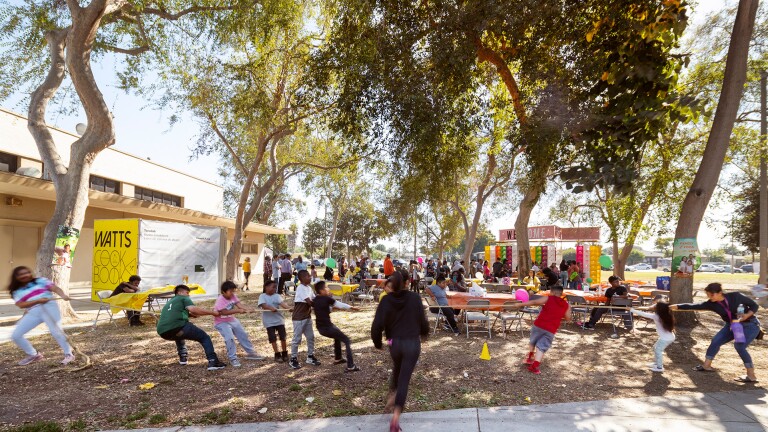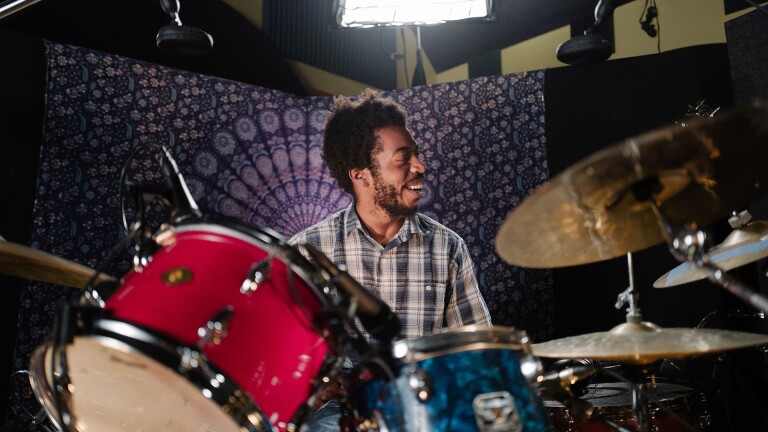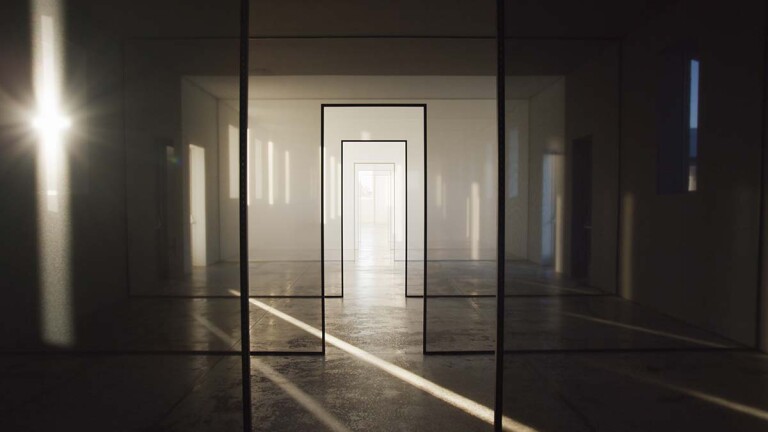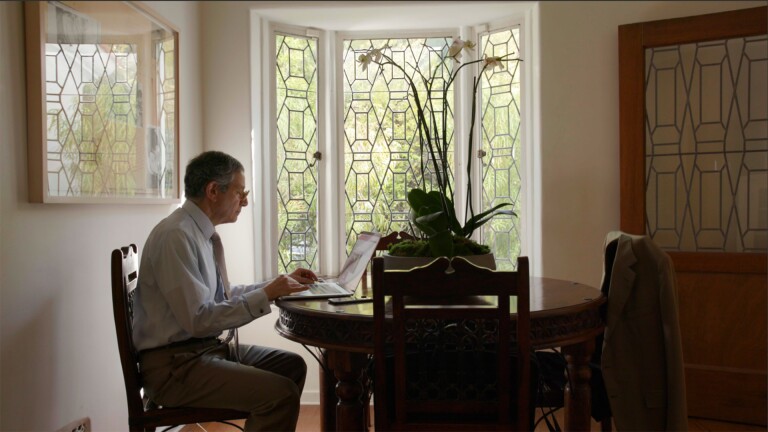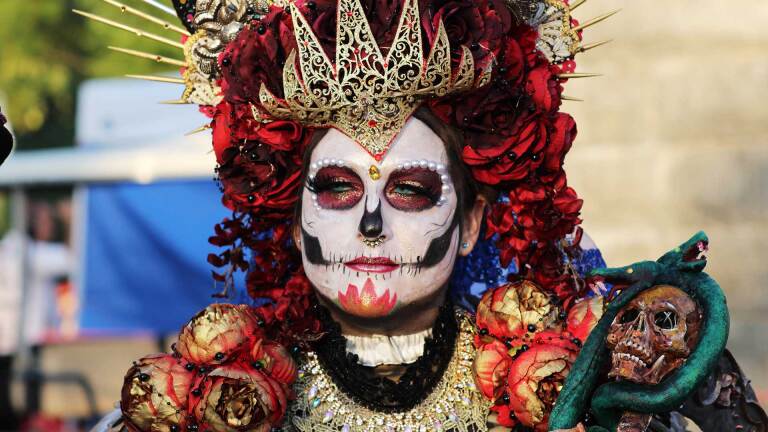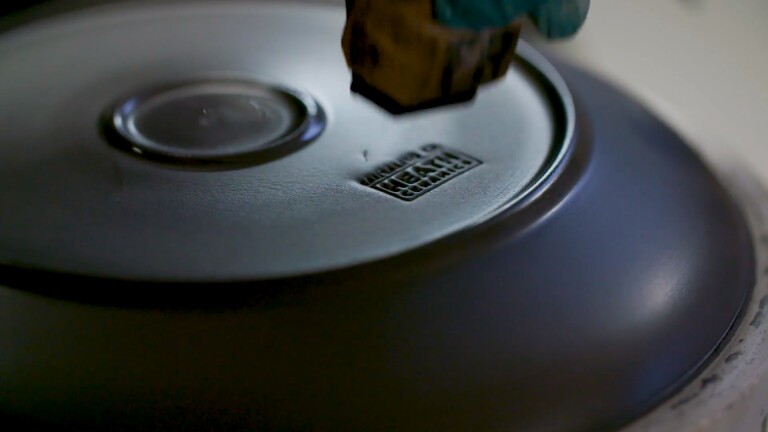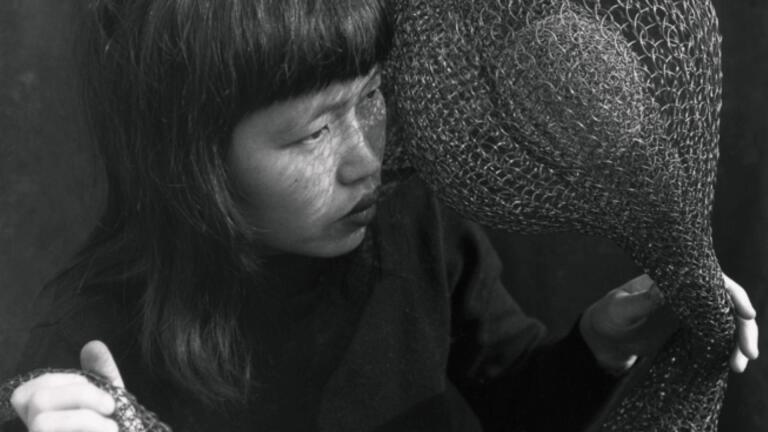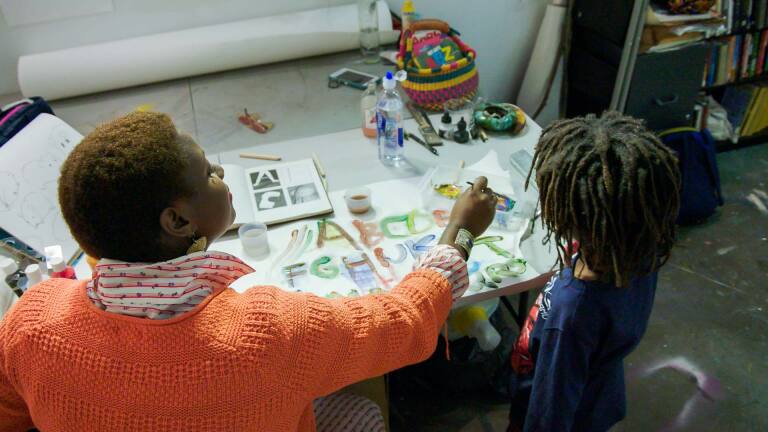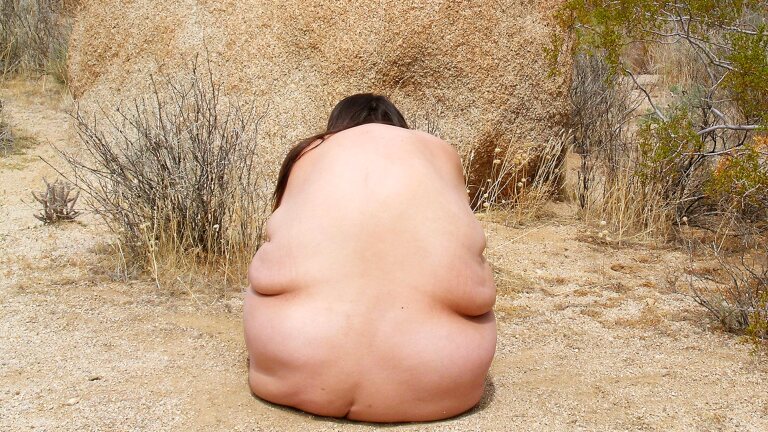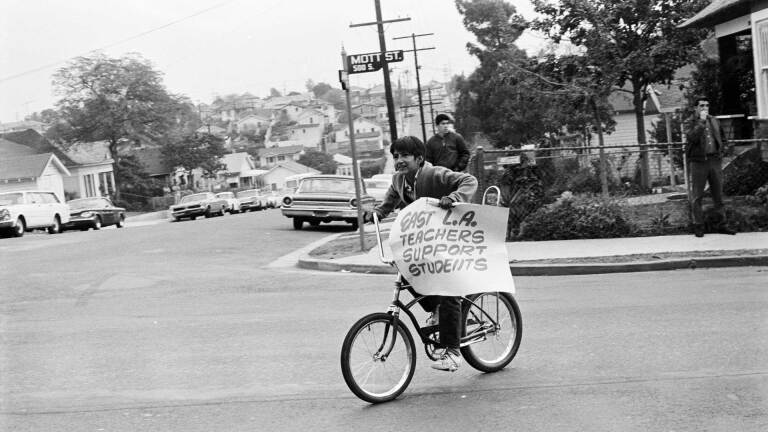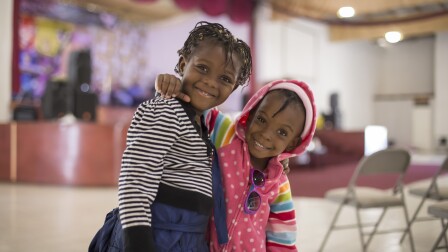The Broad Museum's Place on Grand Avenue
Architects Diller Scofidio + Renfro have built some of recent contemporary architecture's most exuberant buildings. Their 2002 Blur building at the Swiss Expo, attracted visitors into a series of interconnected catwalks enveloped in a whirl of fog and mist, (the water was pumped-in from Lake Neuchtel upon which the structure sat, and then released through a calibrated valve system). In effect, Blur creates an occupiable cloud. But DS+R are best known for 2009's High Line project in New York -- the former elevated railroad line through Manhattan's Lower West side has transformed the neighborhood in a cool, picturesque and sustainable manner. The project has elevated their practice to international renown.
In their early years, founders Elizabeth Diller and Ricardo Scofidio -- later joined by Charles Renfro -- worked more like an art practice designing exhibitions, and have been successful in consistently achieving an easy theatrical flair in their projects. DS+R like to charm users of their buildings with a cheekiness that winks back. Inside Diller Scofidio + Renfro's (DS+R) new Broad museum on Grand Avenue, visitors will experience a characteristically delightful romp through developer and philanthropist Eli Broad's -- along with his wife Edythe's -- private collection of modern and contemporary art.
